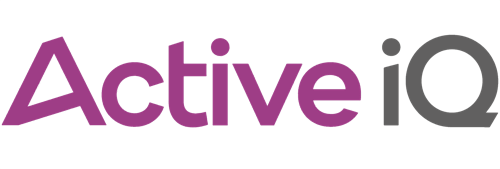Emotional Eating & Awareness Tools
Learn how to respond, not react, to emotions. Tools to calm, understand, and redirect emotional eating.
“The mind once stretched by awareness never returns to its old shape.”
What Is Emotional Eating?
It’s not weakness. It’s coping, just not the kind that moves you toward peace or health.
You’re emotionally eating if:
- You eat when you’re not physically hungry
- You feel better while eating, but worse after
- You can’t identify what you're really feeling, just an urge to soothe or numb
Emotional eating isn’t about food. It’s about unfelt feelings.
The Reaction Loop
Here’s what happens in milliseconds:
Trigger → Emotion → Urge → Food → Guilt → Repeat
The goal isn’t to eliminate emotion, it’s to insert awareness between emotion and action.
That’s how you go from:
React → Regret to Pause → Respond
Awareness = Choice
Let’s explore timeless ones that work in real life.
This chapter is about learning to observe, name, and choose a response to emotions rather than automatically reacting with food.
"Awareness is the first step toward change."
5 Awareness Tools for Emotional Eating
The 5-Minute Delay
“I’m allowed to eat. But I’ll check in first.”
- Set a timer for 5 minutes
- During that time, breathe, move, journal, or sit in stillness
- After 5 minutes, decide again
You’re not denying yourself, you’re creating space to choose.
The HALT Check
Ask: Am I...
- Hungry
- Angry
- Lonely
- Tired
If it’s any but “hungry,” food won’t fix it.
But naming it helps you address the real need.
The 4x4 Breath
Used by soldiers and therapists:
- Inhale 4 seconds
- Hold 4 seconds
- Exhale 4 seconds
- Hold 4 seconds
Repeat 4 times.
This lowers cortisol, centers awareness, and gives your brain space to choose rather than react.
“Instead Of” Cards
Pre-decide 3 things to do instead of emotional eating.
Examples:
- Text a friend
- Step outside barefoot for 60 seconds
- Listen to a calming track or prayer
- Do 10 squats, not to burn calories, but to change state
Visual cues beat willpower.
Feel It, Don’t Feed It
The most courageous move:
Let yourself feel the thing you’ve been eating over.
Sad? Cry.
Angry? Journal or move.
Anxious? Breathe or call someone.
Food is comfort.
But comfort without clarity repeats pain.Let the wave rise, and watch it pass.
What You Can Do This Week
This Week's Practice
Mon: Try the HALT check once for emotional clarity.
Tues: Use 4x4 breathing before one snack to rebuild pause-response.
Thurs: Write 3 “instead of” cards to create real, visible options.
Weekend: Use the 5-minute delay before any comfort meal to practice pattern interruption.
Respond > React
This is not about rules. It’s about respecting your emotional reality, while choosing actions that honor your health and peace.
Every moment of awareness is a step toward freedom.
References
Next Chapter
Tracking Without Obsession
Track behaviors, not just numbers. Let feedback guide, not control.
Continue
Deljo Joseph
Founder of Getter. Marathoner who enjoys skateboarding, cooking, and building products. Specializing in evidence-based approaches to sustainable weight management. All recommendations are backed by established guidelines from the NHS, CDC, and peer-reviewed research.

